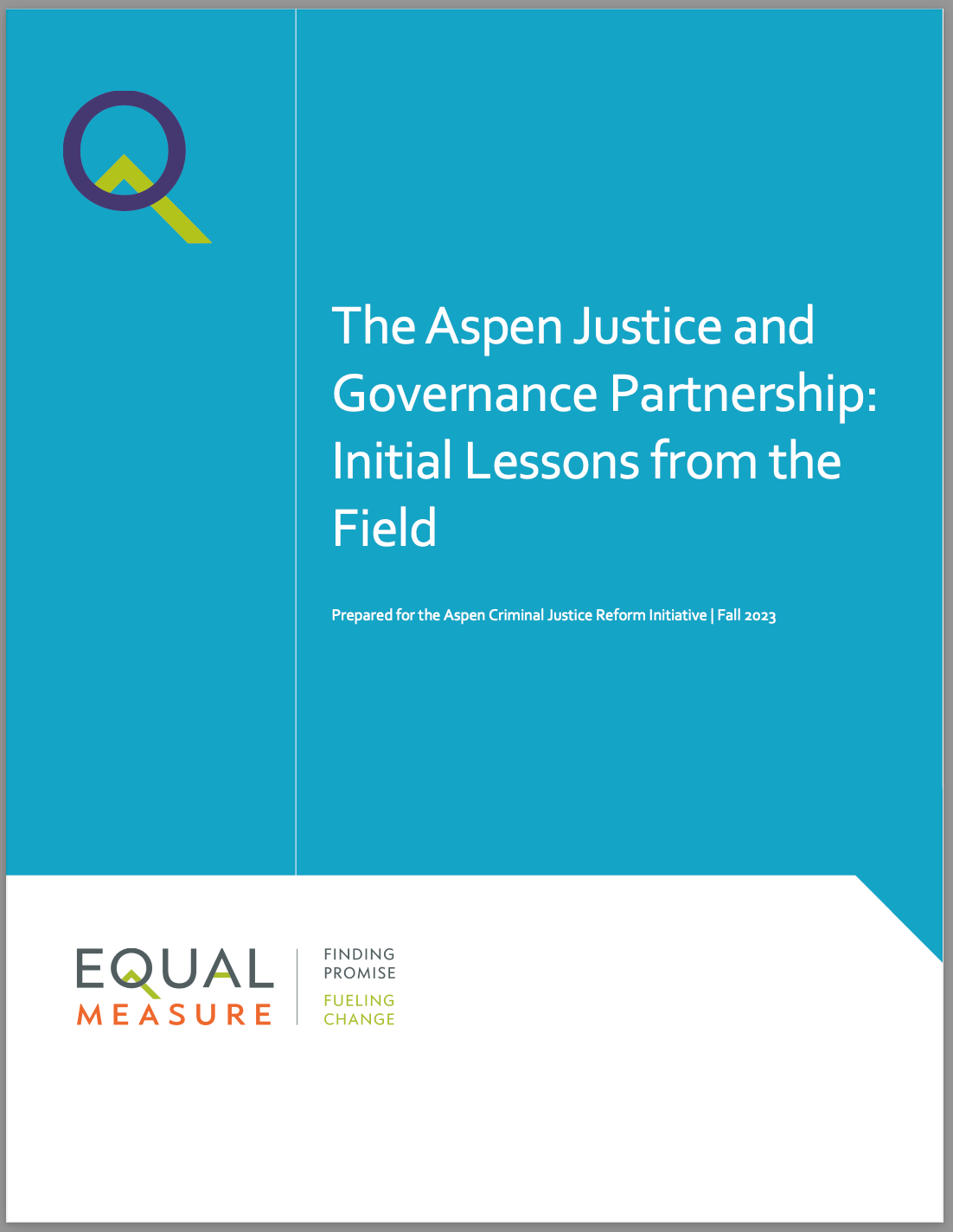Marc A. Levin is director of the Center for Effective Justice at the Texas Public Policy Foundation and policy director of its Right on Crime initiative. He spoke at the Aspen Ideas Festival on June 26th on a panel called “A New Era For American Justice: The Bipartisan Reform Movement.”
We caught up with Levin to learn more about what it takes to decrease crime and recidivism rates.
You have advocated for giving victims a greater role in the process of achieving justice. In the recent case of the Stanford University rape survivor, the woman’s letter to her attacker went viral. How can the justice system work with victims to ensure their voices are sufficiently heard and considered?
Marc Levin: We at Right on Crime think it is important to view violent and property crimes as primarily being offenses against an individual victim, although they certainly have an impact on the sense of safety in an entire neighborhood.
The primacy of the individual victim has some clear implications for policy:
- The victim’s perspective on what would constitute an appropriate sanction should be considered by the prosecutor, judge, and jury. Surveys have found victims of property crimes overwhelmingly prefer restitution and community service to a prison term. Moreover, most victims say one of the most important priorities should be rehabilitation so that neither they nor anyone else is harmed in the future by the offender.
- Restitution should be emphasized. The first funds collected from the offender should go towards the victim rather than government fines and fees, which are often excessive and make it more difficult for offenders to successfully reintegrate into society.
- Evidence strongly supports the effectiveness of restorative justice approaches such as victim-offender mediation. With this model, a victim can opt for a mediation session with the offender in which a binding agreement is reached; this typically involves an apology, restitution, and community service.
Research has found that criminal mediation leads to greater victim satisfaction and lower recidivism, partly because the offender in most cases comes to understand that they did more than violate the words of a law on a page and can no longer rationalize the harm they inflicted on another person. At the same time, the offender does not receive a criminal record if they complete the agreement, making them more employable. While victim-offender mediation is most common in juvenile property crime cases, some jurisdictions are also offering it in cases involving adults.
Mandatory minimum sentences for drug offenses have come under fire in recent years for the punishment not always seeming to fit the crime. What are the steps to reducing sentencing disparity?
ML: In general, mandatory minimums take power away from judges and juries most familiar with the case and transfer that power to politicians to impose one-size-fits-all sentences. In doing so, mandatory minimums fail to take into account differences between various cases, including an offender’s prior record, if any, an offender’s risk level, and, in cases involving a victim, the victim’s desired outcome.
Fortunately, many states and even the federal government have recently taken steps to rein in excessive federal mandatory minimums, particularly those relating to drug offenses.
With regard to drug crimes, mandatory minimums are particularly ineffective, given research showing that all but the biggest drug kingpins are quickly replaced in the illicit drug market. The lengthy prison terms that are triggered by drug mandatory minimums do little, if anything, to reduce the supply of illegal drugs.
The key to reining in mandatory minimums is for elected officials to recognize that these policies are not only ineffective, but that ditching them, particularly for drug offenses, will not lead to their demise. Recent public opinion research has actually found the vast majority of Americans, including conservatives, oppose mandatory minimum drug sentencing laws. In addition to legislation, another option for repealing them in some states is through ballot measures.
Are private prisons, and mass incarceration, the right approaches to public safety? What other methods can be implemented to effectively protect communities while reducing recidivism rates?
ML: It is now clear that states can reduce incarceration and crime at the same time. Since 2005, Texas has achieved a 29 percent reduction in crime while lowering its incarceration rate by 14 percent. Moreover, in the past five years, the states that have lowered their incarceration rates have seen crime decline more than in those states that haven’t.
We now have a far wider array of tools that enable more offenders to be safely supervised in the community. These include problem-solving courts such as drug and veteran’s courts, medication-assisted treatment for opiate addiction, electronic monitoring, and actuarial risk and needs assessments to match the right offender with the right intervention and supervision level. Additionally, advances in data-driven policing allow more crimes to be deterred by ensuring law enforcement resources are more efficiently deployed.
With regard to private prisons, it is unclear whether they contributed to the five-fold increase in incarceration from 1972 to 2010. While states should certainly reject proposals for occupancy guarantees for private prisons, we have also seen that private prisons may dilute the impact of prison guard unions, which have opposed sentencing reforms in states like California and Michigan.
When it comes to utilizing both for-profit and non-profit providers, it is important to ensure strong transparency and performance measures are part of the contracting framework. Unfortunately, in most instances, private providers are required to provide the exact same service the government does, even down to details such as the lock and key mechanism of cells. Instead, we ought to incentivize innovation, including developing programs that reduce recidivism. As we hopefully see a continued reduction in incarceration, the focus ought to be on where it makes sense to involve the private sector in providing the most effective alternatives to incarceration.
Many believe this year’s presidential election will have a significant impact on the future of this country. Do you think felons should have the right to vote?
ML: Right on Crime has not taken a position on the voting issue. We have focused instead on removing barriers to employment and housing. Our efforts in this regard have included passing legislation in Texas that enables most ex-offenders to obtain provisional occupational licenses that allow them to start in their chosen field and shields employers and landlords from liability if they hire or rent to an ex-offender.
And in 2015, we enacted legislation in Texas for the first time that allows those with certain nonviolent convictions to have their records sealed after a certain number of years living crime-free in the community. Previously this remedy was reserved for those who received a form of probation called deferred adjudication, meaning that someone who had even the most minor conviction at the age of 18 still had a scarlet letter at the age of 80.

